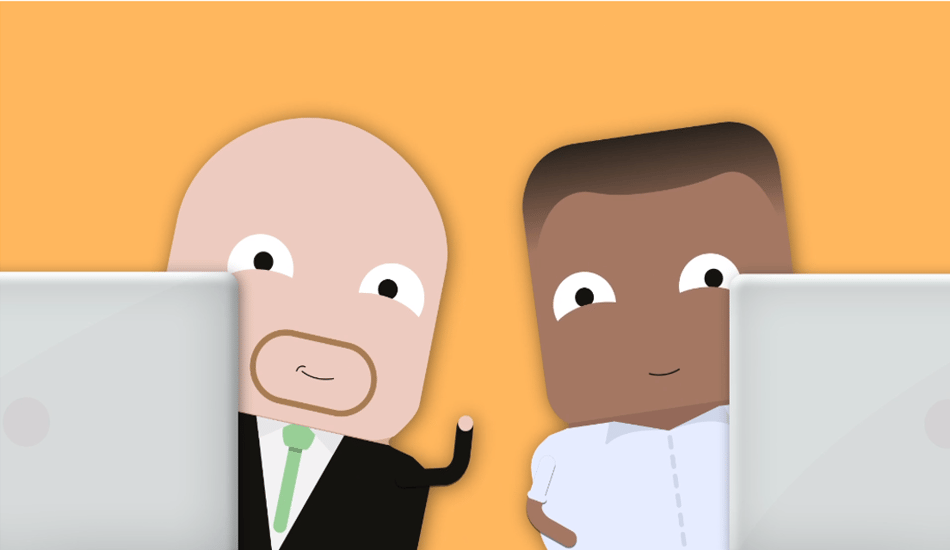The Benefits for SMEs in Developing your people

Investing in people is always a challenge particularly for SME’s. The old adage on social media is what happens if we train people and they leave? To which the Enlighted leader replies what happens if we don’t, and they stay? This is the real challenge for SME’s, how to grow if you don’t grow your people and your processes, then you can’t grow your customers or your profits.
In large businesses this model of growth, the balanced scorecard, is well-understood, but often not in SME’s. Businesses expect to grow just by winning a new piece of work, but without the skills people can’t deliver the higher productivity new work brings. Processes and people buckle under the weight of added work. The ability to grow, to seize growth opportunities, is limited not by the lack of opportunity, but by the lack of capability in delivering profitably.
The second factor negatively impacting upon SME’s is replacing people. Replacing people is expensive. Typically replacing an employee earning £25,000 a year or more carries an average financial impact of £30,614. That cost ranges from £20,113 for retailers to £39,887 for legal firms.
Replacement of people for SME’s consists of two main components. The first is the cost of recruitment, through to inducting the new employee, these costs can range between £5,000 to £12,000. The second element lost output while a new worker gets up to speed, which is significantly higher at £25,181. The final element is that SME’s have to adapt or change their behaviour to ensure they do not repeat that cost. This cost is higher (very hard to quantify) and involves a culture shift. By allowing good people to leave is letting the leaking bucket to just keep leaking – which is expensive.
Successful SME’s often invest in their people. In one study 94% of businesses whose turnover increased in the past year saw their L&D department as critical to business success.
People are the lifeblood of a SME, and while every SME business owner and director will agree with that statement. Doing the right thing and taking the right actions to keep good staff is critically important: hence the need for training. Inaction can lead to increased costs.
A prime example of how companies can increase profitability through staff learning and development is the American electronics retailer Best Buy. Six years ago, the company was in danger of going out of business. With the rise in online retail, they were becoming one big showroom, where customers would identify what they wanted, then go and buy it more cheaply on Amazon.
The company implemented a number of initiatives to save their floundering business, one of which was to create a core team of product specialists called In-Home Advisors: Best Buy employees with a deep product knowledge visit customers’ homes and offer advice on how to make their homes more efficient through the use of technology.